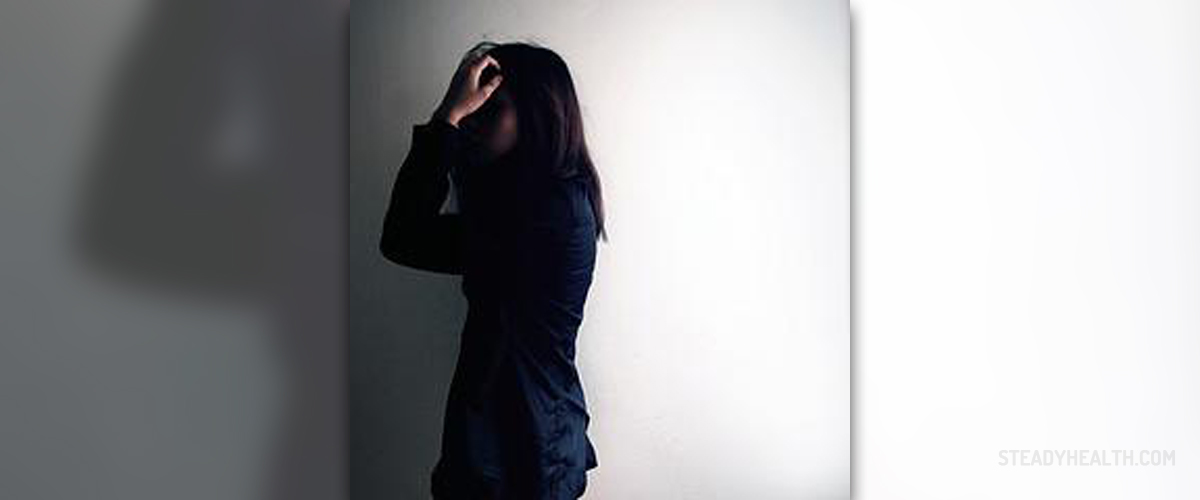
What is Duloxetine?
Duloxetine is a serotonin norepinephrine reuptake inhibitor medication produced to treat major depression. Duloxetine has also proven to be just as effective in treating generalized anxiety disorder as venlafaxine. The medication failed to get the approval for reducing the instances of stress urinary incontinence in the United States but was approved for treating the disorder in the United Kingdom. Duloxetine also reduced the pain associated with diabetic neuropathy. Also, there haven’t been enough studies comparing the effects of duloxetine to anticonvulsants and tricyclic antidepressants, which are generally used in treating antidepressants. Due to the high number of side effects produced by the medication and no clear advantage over the current treatment methods, some experts agree that there is no need to use duloxetine in treating stress urinary incontinence or diabetic neuropathy. However, some practitioners advise patients to use the medication when dealing with chronic neuropathic pain as well as an additional method of treatment for stress urinary incontinence, primarily as a substitute for surgery.When Can Duloxetine Be Used?
There are a number of different disorders for which duloxetine has been used. Its primary purpose is to treat the signs and symptoms of major depression and general anxiety. Other problems that have already been mentioned include stress urinary incontinence and painful peripheral neuropathy. Disorders such as fibromyalgia, chronic lower back pain, and chronic musculoskeletal pain associated with osteoarthritis have all been treated using duloxetine. There are ongoing clinical trials investigating the effects of the drug on various other illnesses.Major Depressive Disorder
Duloxetine has been tested for treating the symptoms of major depressive disorder and it proved to be more effective than the placebo. Duloxetine is also shown to successfully treat seniors with recurring depression by improving cognition and reducing the symptoms of depression. Although there are many studies that indicate that the effects of duloxetine are not any greater than those of other antidepressants, the medication was developed in order to inhibit the reuptake of both the serotonin and norepinephrine rather than just of serotonin, which the previous medications did. It should be noted that most studies that compare the effects and side effects of duloxetine to those of the other commonly used medications yield mixed results. There are many which claim that there are not enough reasons to choose duloxetine over other offered medications when it comes to treating major depression.When Can Duloxetine Not Be Used?
Aside from alleviating the symptoms of different illnesses, there are instances under which duloxetine should not been used. For example, anyone who is pregnant, trying to get pregnant or is breastfeeding needs to stay away from the drug. Also, underlying liver and kidney problems could only get worse if the person takes duloxetine. Individuals who have high blood pressure and heart problems need to consult with a doctor or a pharmacist and find out what the best substitute for duloxetine is in their case. Persons with increased eye pressure or glaucoma should not be prescribed duloxetine. When it comes to those who have had psychological or neurological problems, such as mania or seizures, should not take the medication. Duloxetine is for adults over 18 years of age only, and should not be combined with other medications without doctor’s approval, especially if the other drugs are herbal and alternative. There has to be a 10-day break between the previous therapy and the beginning of taking duloxetine.How To Take Duloxetine?



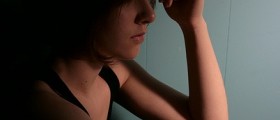
-Signs,-Symptoms,-Treatment-And-Prevention_f_280x120.jpg)
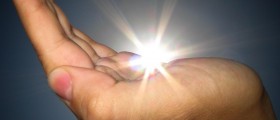


-Uses%2C-Side-Effects-And-Risks_f_280x120.jpg)

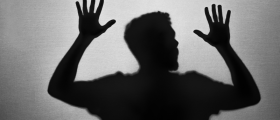


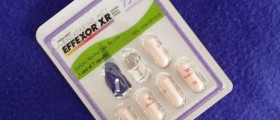
_f_280x120.jpg)

Your thoughts on this
Loading...